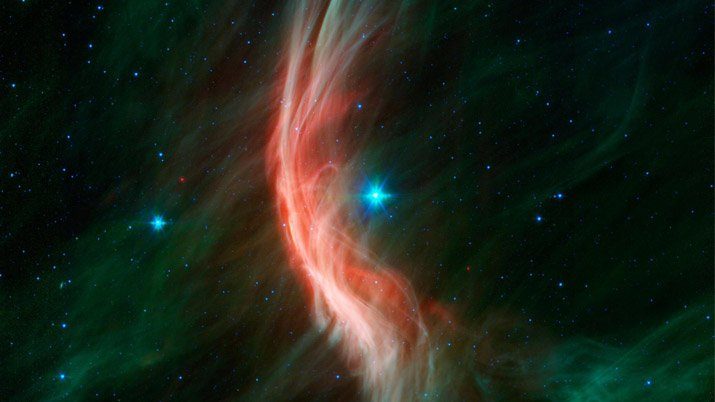Stars are so integral to our universe that astronomers and scientists can use stars' masses, births, and deaths to get a handle on the entire history of our cosmos.
And it turns out our current history may be wrong.
It comes down to this: More massive stars live shorter, brighter lives before exploding into supernovas, which can spur the creation of new stars, as well as black holes and even solar systems.
If you want to understand the patterns that shaped galaxies (and the rest of the universe), then you need to understand stars.
The recent statement from the European Southern Observatory sums it up nicely:
"Knowing the proportions of stars of different masses that are formed in galaxies, therefore, underpins astronomers' understanding of the formation and evolution of galaxies throughout the history of the Universe. Consequently, it gives us crucial insights about the chemical elements available to form new stars and planets and, ultimately, the number of seed black holes that may coalesce to form the supermassive black holes that we see in the centers of many galaxies."So what did astronomers discover that upset their whole conception of the cosmos?
Well, new observations from ALMA (Atacama Large Millimeter/submillimeter Array) reveal that there are way, way more massive stars hanging around our universe, including early galaxies, and many of them are much bigger than we imagined.
According to Fabian Schneider from the University of Oxford:
"We found around 30 percent [more stars than expected with masses more than 30 times that of the Sun], and about 70 percent more than expected above 60 solar masses. Our results challenge the previously predicted 150 solar mass limit for the maximum birth mass of stars and even suggest that stars could have birth masses up to 300 solar masses!"Currently, our model of the cosmos' evolution is based on much fewer, smaller stars.
Now, everything is off the table.
"Our findings lead us to question our understanding of cosmic history," said Rob Ivison, a co-author on the new study. "Astronomers building models of the universe must now go back to the drawing board, with yet more sophistication required."




So, try this: The Root of Things [Link] A scientific explanation of the origin of the universe in layman’s terms. Caution : You must know how to think rationally.